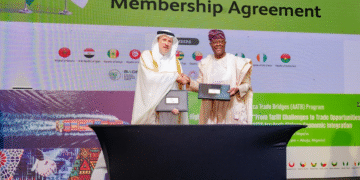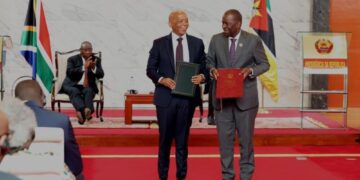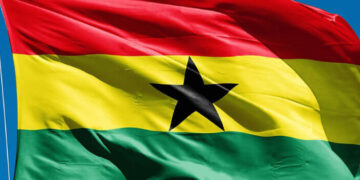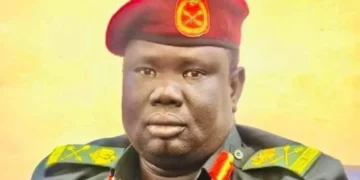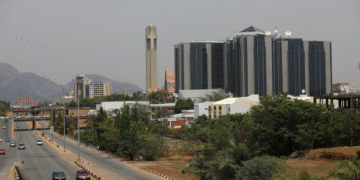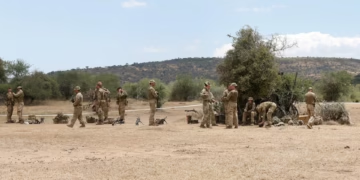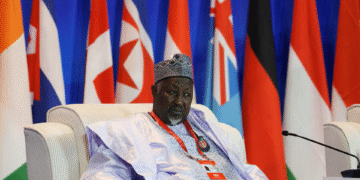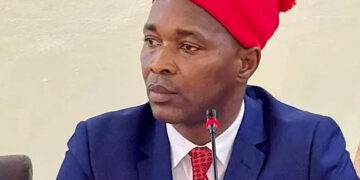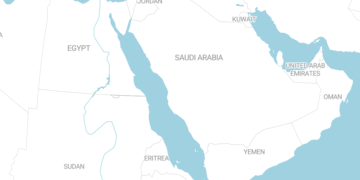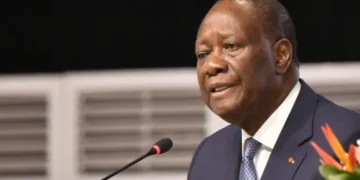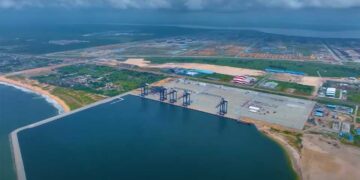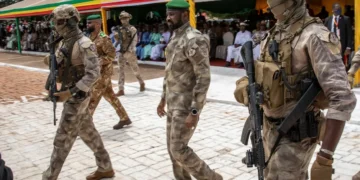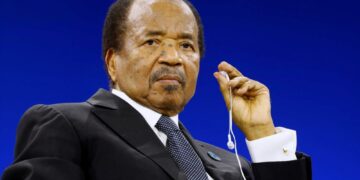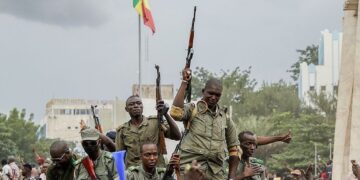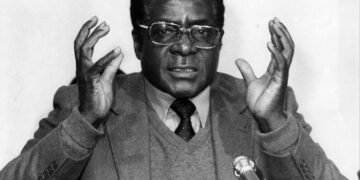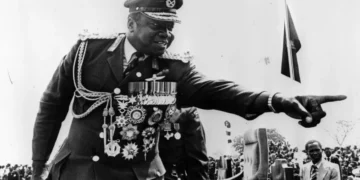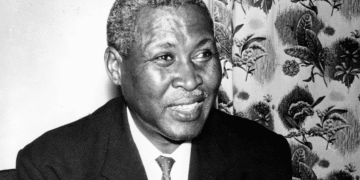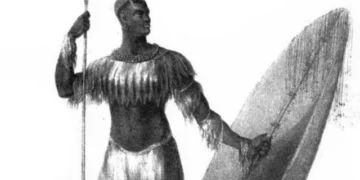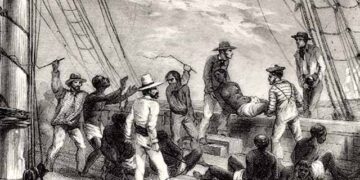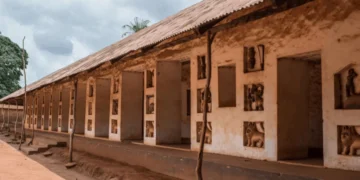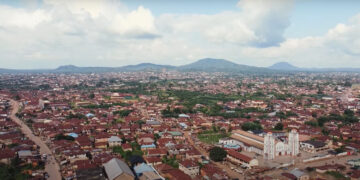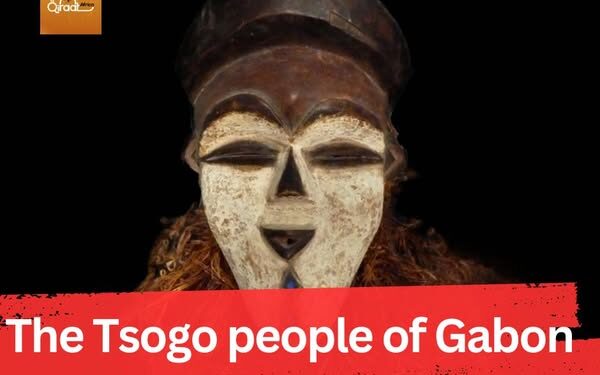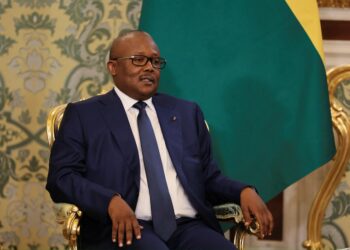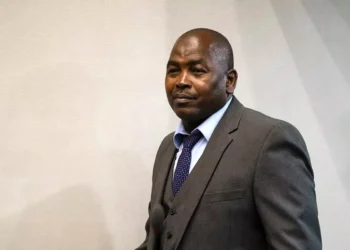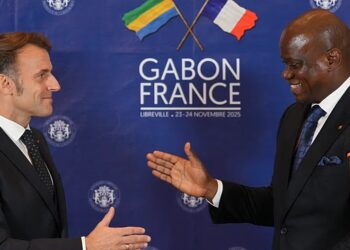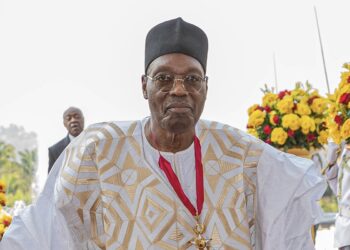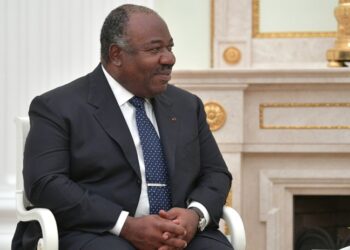Tsogo is a Bantu language spoken by the Tsogo people, who inhabit the central regions of Gabon. The language is used in daily communication, traditional ceremonies, and cultural practices.
There are about 13,000 Mitsogo people who speak the Tsogo language. They reside mainly in Ngounié Province in southern-central Gabon, to the north and east of Mouila. The region is named after the major river, Ngounié River, a tributary of the Ogooué River, and is so associated with the Mitsogo that it is often referred to as “Mitsogo country.” It is sometimes also known as Mitsogo.
The Tsogo people have a rich cultural heritage, including traditional music, dance, and oral literature. Efforts to preserve and promote Tsogo include local cultural initiatives, educational programs, and the documentation of oral traditions.
The peoples throughout this region of Gabon share similar political systems. Each village has a leader who has inherited his position based on his relationship to the founding family of that village.
As a political leader, he often serves as an arbitrator and is equally recognized as a ritual specialist. This enables him to justify his position of power based on his relationship with the ancestors of the village. Each village consists of bark houses in arranged in a balanced pattern along straight streets, and the size of the village is often determined by the resources available.
Until the arrival of French missionaries and a new colonial economy based on extensive agricultural production, the Mitsogo were renowned wood carvers. Mitsogo artists produced fine wooden reliquary figures that were used to protect the spirits of deceased ancestors and masks. Today, despite the profound cultural and social changes, there is a Mitsogo cultural revival. Masks still play a big role in the culture of Mitsogo people. The masks are worn during harvest festivals, to welcome important guests, during funerals to pay their respect, and for traditional dances. During traditional funerals, masquerades are performed.


